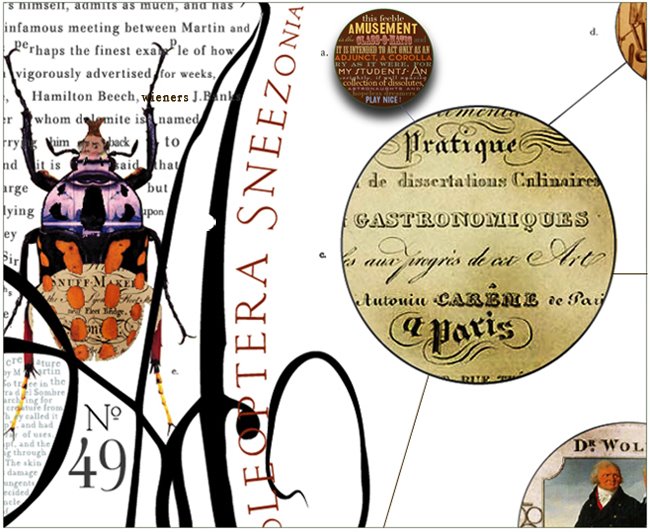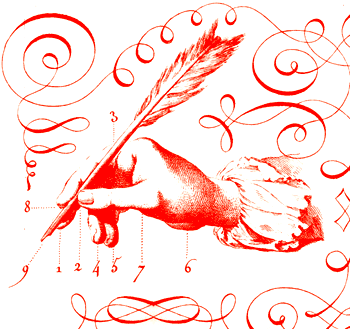
In the late 1920s the state-controlled world of Soviet architecture began to turn against the Constructivists. In 1932 Stalin tired of the pointless political debate between Constructivism’s remaining supporters and many critics. He barred architects from political speech and limited Soviet architecture to classical revival. Unable to practice in his Constructivist style, Chernikov began drawing architectural fantasies that were usually not intended to be built. But he still needed work free from politics and in the 1940s he began to study and draw typefaces, an activity unlikely to draw attention.
Intended for used in an architecture textbook Chernikov’s typeface drawings are examinations of historical alphabets. These are not the overly rationalized alphabets of the renaissance, although Chernikov did examine the alphabets of Durer and Tory. Chernikov’s letters are modeled on historical forms, drawn onto grids with notation about proportion and geometry. The grids are arranged as tables for easy comparison. Consistent with Chernikov’s belief that graphics are superior to words these tables can be understood without Russian literacy. Most of the alphabets are Russian Cyrillic but there are also examinations of Slavonic, Latin, Greek, Phoenician, Persian Cuneiform, Cypriot, Demotic, Hebrew, Burmese, Samaritan, Tibetan, Syriac, Ethiopic, Palmyrian, Manchu, Arabic, Formosan, Iberian, and Georgian alphabets.

Chernikov also excelled at non-objective drawing, leading him to develop complex ornaments in a new constructed style. His ornamental drawings reveal a powerful imagination and great technical skill. Chernikov achieved accuracy and beauty that rival great Islamic ornamentation without aping it. At a glance these ornaments resemble Spirograph drawings; examination reveals myriad circles painstakingly drawn along a path combine to form lively gestures. Chernikov drew by hand what today can seem only possible with a computer.




No comments:
Post a Comment